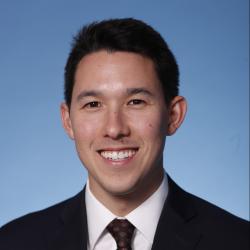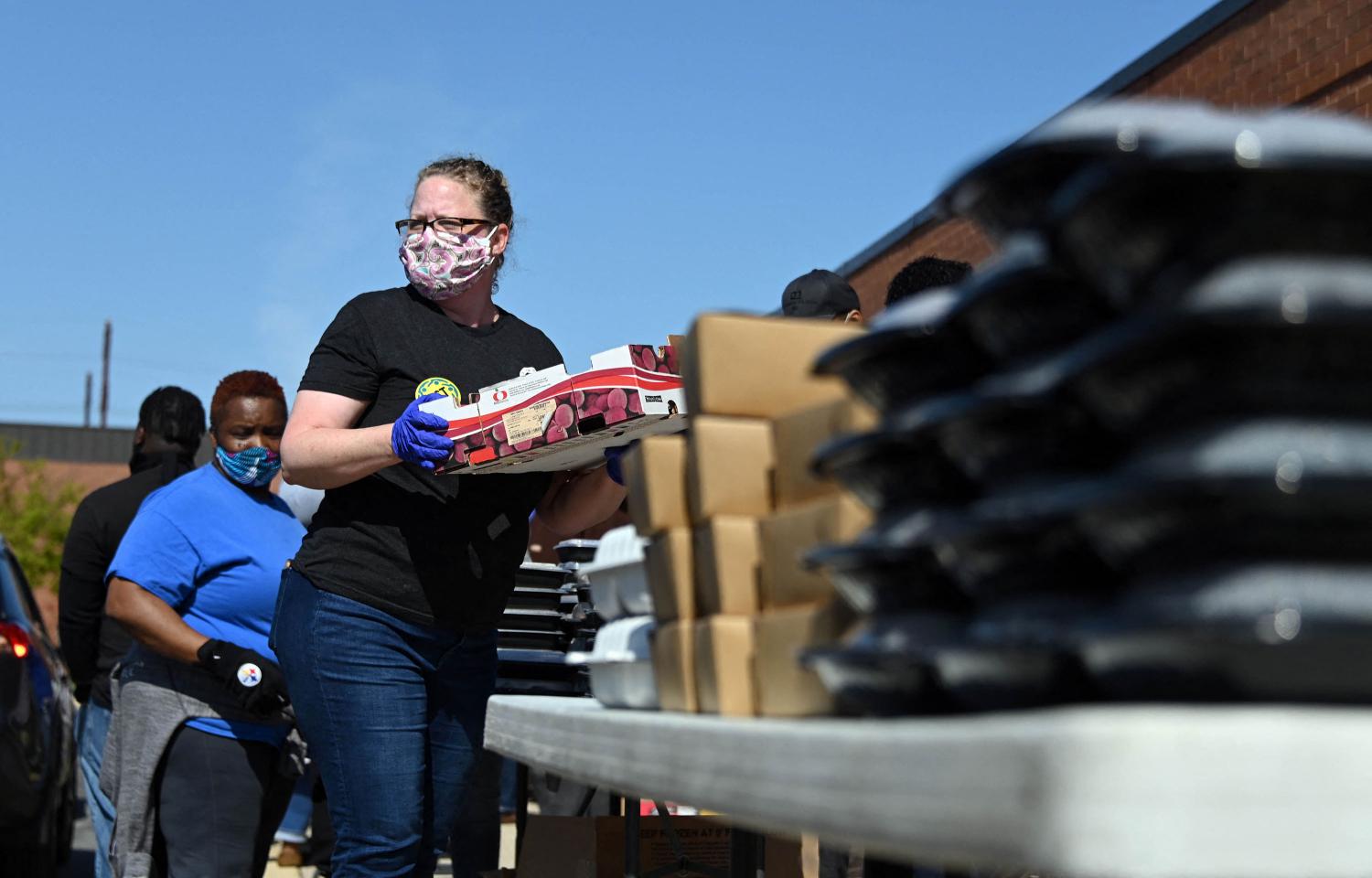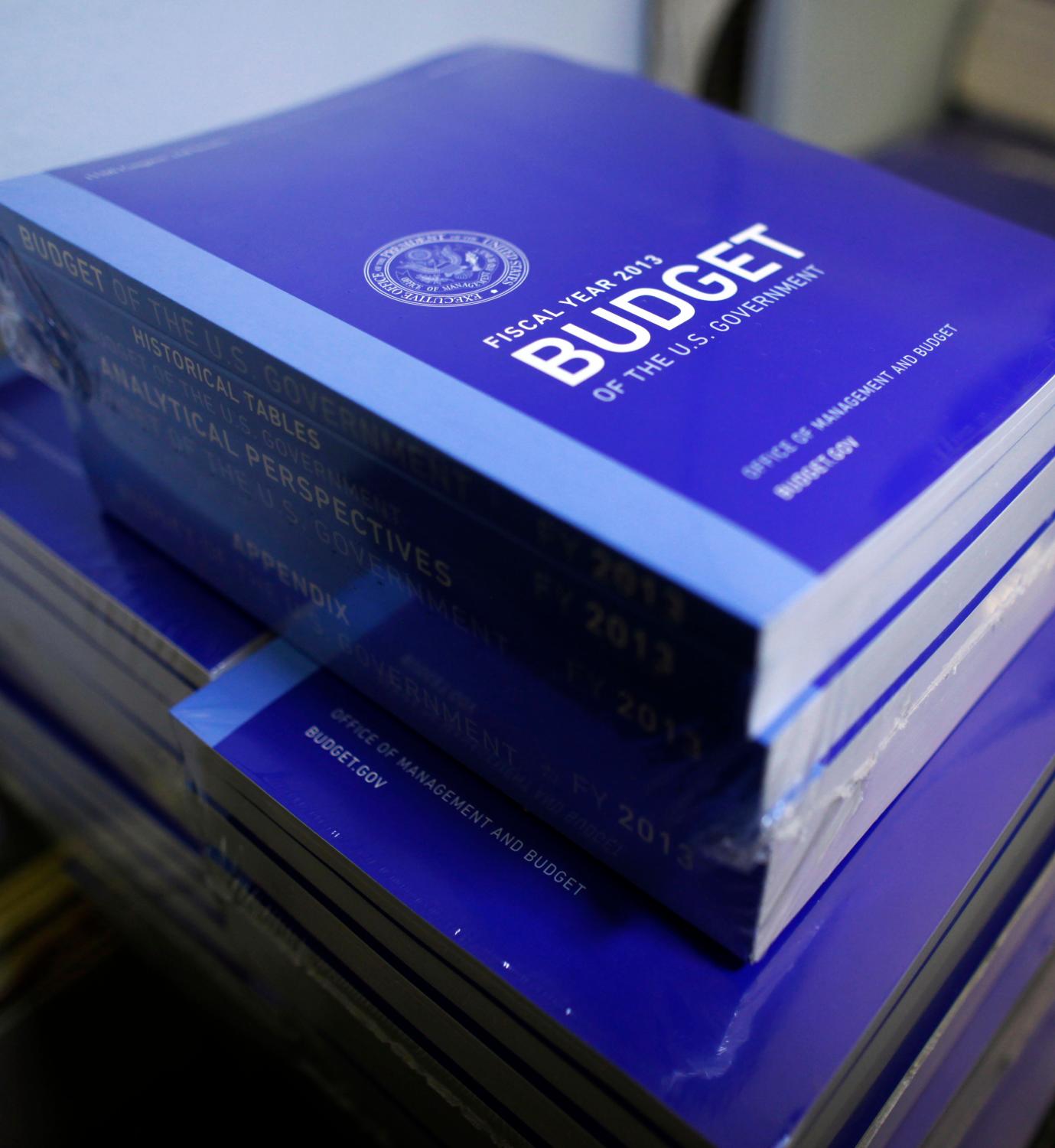Most of the major social challenges facing America, from homelessness and opioid dependency to achieving successful aging and good family health, require the successful coordination of funds from many government programs. In general, we are not good at doing that. Programs tend to be siloed at all levels of government, with most managers reluctant to allow funds to be used outside their explicit purposes. Moreover, eligibility rules, restrictions on data sharing, and other accountability requirements present significant obstacles to collaboration and flexibility.
The solution to these obstacles is not bending budgeting and program rules. Rather, it is creating greater flexibility while maintaining appropriate oversight and fiscal management so that funds are used in ways that are faithful to the legislated purposes of each program.
There is good news for addressing these problems, however. We have analyzed ways in which government at the federal, state, and local level has introduced or assisted the greater intermingling of funds – often called “braiding and blending” – to address complex problems. In this analysis and other research, we found a variety of techniques that can, and should, be emulated more widely. These range from the use of interagency planning bodies, for example the Interagency Council on the Homeless and state Children’s Cabinets, to federal-state negotiated waivers from certain federal regulations in some programs. Such actions encourage the innovative use of funds while adhering to the legislated purposes of programs.
COVID-19 has underscored how important it is to increase the flexibility of government at all levels to address sudden challenges and to encourage innovation. Some recent examples related to COVID-19 show the importance of making braiding and blending a more regular feature of government budgeting and how non-government bodies can help merge public and private funds.
Example: Educational flexibility through waivers and special permission
With school boards scrambling to find ways to reopen schools safely over the last several months, public officials at the federal, state, and local level recognized the need to design new ways of delivering education. Steps to do this have not been limited to delivery of programs and services; they have also included alterations to the way programs were funded and held accountable. For instance, to help local officials the federal Office of Management and Budget has issued regularly-updated guidance on ways in which federal education funding streams and programs could be used with increased flexibility. This has allowed local areas to meet educational needs in innovative ways.
These examples underscore the desirability of making funding flexibility a more permanent part of government budgeting to encourage innovative approaches to problems and opportunities.
Two examples illustrate this process and how it has been used creatively at the local level. These examples underscore the desirability of making funding flexibility a more permanent part of government budgeting to encourage innovative approaches to problems and opportunities.
The Individuals with Disabilities Education Act (IDEA) requires that states and public agencies provide education to the more than 6.5 million children with disabilities in America. This legal requirement has been particularly difficult for special education providers during the pandemic because much of the specialized instruction is often classroom based and interactive. Responding to this challenge, in IDEA Part C guidance the U.S. Department of Education gave early intervention service providers the permission to determine on a case-by-case basis whether to meet with a child at an alternative location, such as a clinic or hospital setting.
Another state-level example involves the Title 1, Part A Program, which provides extra resources to schools and Local Educational Agencies (LEA) with high percentages of children from low-income families. Part A funds, for example, may be used for afterschool and summer activities to ensure that children from low-income families meet or exceed challenging state academic standards. But the pandemic and consequent closure of many local institutions meant that these activities were often no longer available, which was especially difficult for communities that have been hit hard by the consequences of COVID-19. As a feature of general flexibility and further COVID-specific provisions, however, State Education Agencies were allowed to request waivers from Department of Education regulations to carry over 15 percent of their Title 1 funding through the next fiscal year to ensure that students from low-income families would still receive the additional resources needed to meet state educational standards (FY19-FY20 funds). To speed this process, the federal Department of Education provided a template letter to expedite waivers for states and localities. This COVID funding flexibility has allowed school systems and officials at all levels of government to reshape services to address the needs of low-income families hit especially hard by the pandemic.
Providing flexibility to help families in this way has helped reduce the large inequities resulting from the pandemic. But that flexibility should be made permanent. Continuing to grant funding and service flexibility after the pandemic would also be an important step to reducing inequities in education.
Example: Interagency bodies as coordinators – Poughkeepsie Children’s Cabinet, New York
Like many cities and towns across the United States, services for children, youth, and families in Poughkeepsie, New York, are spread throughout a complicated network of government agencies and other bodies. A student or family might need an afterschool service or nutritional assistance at home, for instance, but may be dissuaded from doing so because of the complexity and rigidity of the support system. Households usually must navigate a fragmented patchwork of services and programs that sometimes have competing priorities and not always overlapping goals. This is bad from a governance standpoint, but more importantly it limits opportunities for youth achievement and mobility.
Recognizing the siloed nature of community services and the importance of meeting children’s needs in a holistic way, the city of Poughkeepsie convened in 2019 the first-ever Poughkeepsie Summit at Harvard University. This brought together local officials and nonprofit leaders to discuss community development opportunities for the City of Poughkeepsie’s future. The Summit sought to answer this question: how can Poughkeepsie create a citywide cradle-to-career agenda that would improve opportunities and economic outcomes for Poughkeepsie’s children, youth, and families?
As a result of the Summit, creative local leaders established the Poughkeepsie Children’s Cabinet (PCC), which was formally launched in October 2019. The PCC announced 28 members of the Cabinet – community leaders from higher education, philanthropy, hospitals, nonprofits, and students – with the Mayor and District Superintendent as the co-chairs. The PCC was a critical coordinating organization and is an example of community leaders working creatively within their means and legal guidelines to break down traditional service barriers and make a positive impact in their community. In their own words last year: “What the COVID-19 crisis has revealed is that now more than ever before, there is a need for systems change that promotes the integration of educational services with comprehensive health and social services to address critical barriers to learning and whole-child development.”1
Poughkeepsie was well placed to deal with COVID-related challenges affecting children, in part because the PCC, as a trusted intermediary organization, could attract support from national partners as well. Harvard University’s Education Redesign Lab and their Local Children’s Cabinet Network supported Poughkeepsie’s efforts, and the city was one of only ten communities invited to join Harvard’s By All Means consortium and hence could benefit from technical assistance from experts, best practice exchanges, and evaluations of their work. PCC leaders are also finalizing an integrated student supports proposal with the Poughkeepsie School District; Dutchess County, New York’s Path to Promise; and Boston College’s renowned City Connects program (which organizes wraparound services for students, especially outside the classroom setting).
The PCC convened more than just local leaders. It also brought together the funding tools and mechanisms needed to serve the community in a holistic way through philanthropic challenge grants, funding advice from national-level partners such as The Forum for Youth Investment and The Children’s Funding Project, and through funds for expanded digital learning. Generally, funds used by the PCC come from government, philanthropy, corporations, and individual donors. As the pandemic shut down traditional learning centers, the digital learning funds supported the purchase of laptops to ensure students could access their digital classrooms online and stay connected to their teachers and peers during the pandemic. The improvements that were made possible during the COVID-19 pandemic by the service and funding coordination of the PCC will have lasting impacts in the community.
Example: Creative public-private funding coordination – Feed Anne Arundel
In addition to requiring flexibility within and between government programs, overcoming social challenges often also needs the coordination of private and public funds. An impressive example of this during COVID-19 is a Maryland partnership called Feed Anne Arundel. This project emerged to address nutrition challenges arising from the pandemic, and it illustrates how a partnership between funding institutions can be leveraged to meet community needs.
This work was sparked by a collective determination between an Annapolis, Maryland restaurant owner, a trusted faith and community-based organization, and the Anne Arundel Partnership for Children, Youth, and Families (The Partnership). The Partnership is an example of a “local management board,” which is a county-level institution unique to Maryland and designed to braid and blend public and private resources for families. This effort began with the simple goal of supporting local restaurants hit hard during the lockdowns and providing meals for community members in need during the pandemic. These three stakeholders from different sectors worked together to keep their community restaurants in business and help those in need.
The partners began by recruiting the Cal Ripken Sr. Foundation, a seasoned and nimble funding hub, to provide logistical and administrative support as a critical budgeting step to ensure proper stewardship and coordination of funds. Feed Anne Arundel then held an online telethon and concert and with start-up funds provided by the state and county, together with supplemental philanthropic dollars, distributed funds to restaurants to rehire workers and provide hot, quality meals to those in need. The Partnership worked directly with Feed Anne Arundel to provide meals to over 600 people weekly at mobile food pantries and helped more than 40 restaurants keep their workers and feed their community. Since the pandemic set in, the project has served over 120,000 meals and supported numerous community restaurants to help them pay their workers, rent, and utilities.
COVID-19 has underscored how important it is to increase the flexibility of government at all levels to address sudden challenges and to encourage innovation.
This unique public-private partnership was made possible by the role of the Partnership, the county-level coordinator. This local management board enabled individual donations, public funds, and private philanthropy to be leveraged together in an innovative and community-driven way. This coordinator was the critical catalyst in merging public and private funds. The local management board was close to the community and had acquired the trust of local organizations – a common feature of successful examples – and it was also sophisticated in dealing with streams of funds, and it had a direct relationship with government departments. This is a type of intermediary other states should consider creating to permit the flexible and effective braiding of public and private funds beyond the period of the pandemic.
Example: Private organizations taking the lead as coordinators – Alliance for Better Health, New York
Public bodies like Maryland’s Partnership often take the lead in braiding together public and private funds to reach a public goal. The New York Capital Region’s Alliance for Better Health, (Alliance) is an interesting example of a private, business-led approach to collaboration and merged financing to achieve a public response to COVID-19. Alliance’s daughter organization, Healthy Alliance Independent Practice Association, enables health providers – medical, behavioral, and social – to contract with managed care organizations and other health plans. Alliance brought together a wide range of groups, from nonprofit community based social service organizations to medical care providers, to better serve the interests of residents with health-related social needs. Alliance uses its health information exchange and closed-loop referral information technology, as well as contracting and financial expertise, to develop joint strategies.
Alliance made an equitable distribution of vaccines a top priority. In January 2021, it convened a group of local leaders from health insurers, hospitals, Federally Qualified Health Centers, and city and county governments to discuss and act on a range of joint strategic responses. These included developing common metrics for prioritizing outreach to health plans’ members, as well as leveraging Alliance’s technological and logistical expertise to create a pre-registration form and equitable process to overcome the competitive and unfair nature of online appointment sign-ups (sometimes called “Vaccine-Hunger Games.”)
The group also decided to employ a novel collaborative financing tool called CAPGI to facilitate the joint public and private financing of a boots-on-the-ground outreach strategy directed at community organizations and individuals in zip codes with the greatest infection risk and vaccine hesitancy.2 Alliance used Delivery System Reform Incentive Payment (DSRIP) Program funds from a New York state (Section 1115) federal Medicaid waiver to match contributions from four health plans (CDPHP, MVP Health Care, Fidelis Care, and Highmark BlueShield of Northeastern New York) and one hospital system, St. Peter’s Health Partners. Among other uses, the funds staff strategically located vaccination sites, which have succeeded in getting over 15,000 residents vaccinated who were located through Alliance’s pre-registration system in the first two weeks of operation in March 2021.
The Alliance case underscores the possibilities for a private sector led consortium of organizations to play an entrepreneurial role in initiating action and being the vehicle for braiding public and private funds. The urgency of the COVID-19 crisis was certainly a spur to this collaborative action, but the collaboration and joint financing would not have happened as quickly had Alliance not already earned local trust by building many connections within the health and social service eco-system. Alliance is a good example of the “trusted broker” role that is central to the CAPGI process demands and bodes well for future applications of collaborative financing with braiding and blending of multi-sourced funds to address social determinants of health.
Conclusion
COVID-19 brought urgency to the task of using government funds more creatively through greater flexibility and collaboration across programs and departments and with the private sector. These examples illustrate how government managers, and in some cases private managers, can help reach public goals in a crisis through such tools as providing regulatory and funding flexibility, acting as a hub for action, granting and utilizing waivers, and giving a green light to other public and private intermediaries to be coordinators. However, it should not take a pandemic for these tools to be used widely; they should become a standard feature of government budgeting.
-
Footnotes
- Poughkeepsie Children’s Cabinet Integrated Student Supports (ISS) Proposal, The City of Poughkeepsie (August 2020).
- Co-author Stuart Butler is an unpaid advisor to CAPGI.
The Brookings Institution is committed to quality, independence, and impact.
We are supported by a diverse array of funders. In line with our values and policies, each Brookings publication represents the sole views of its author(s).








